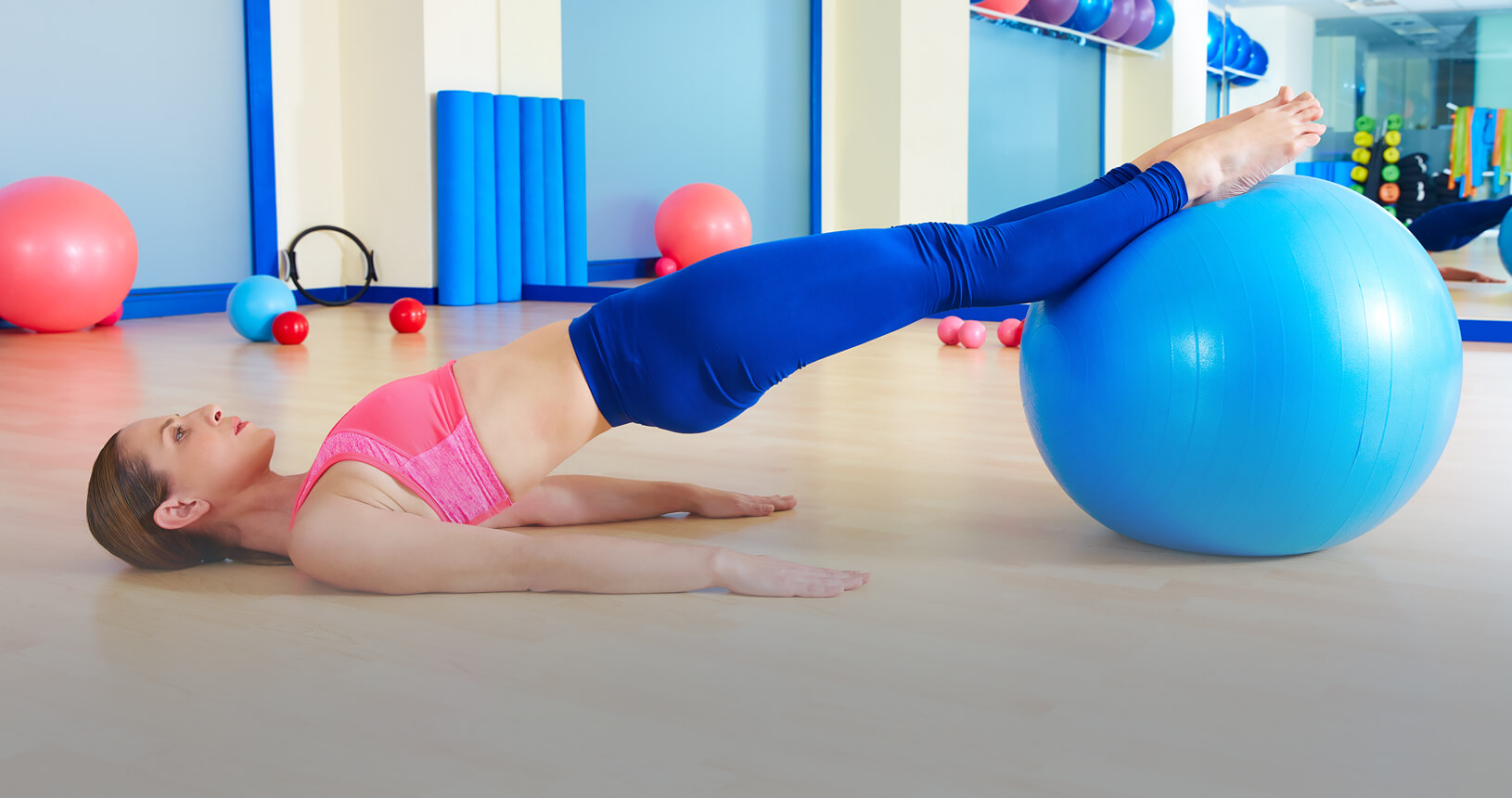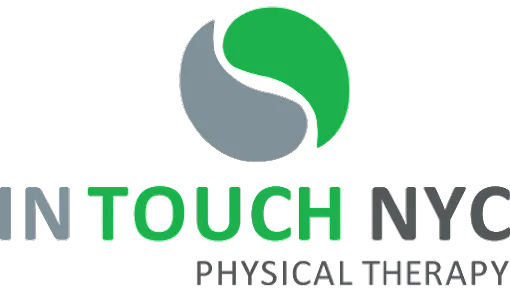When pelvic floor muscles become shortened and tight or loose and weak, they can cause a host of symptoms, including the following:
- Pelvic pain
- Pain during intercourse (for women)
- Pain during urination (for men)
- Erectile dysfunction (for men)
- Constipation
- Frequent urination
- Fecal incontinence
- Vaginismus (for women)
1 in 5 people, both men and women, suffer from these symptoms of pelvic floor dysfunction. When these symptoms are severe enough to interfere with their quality of life and daily activities, it may be time for help from a physical therapist.
Physical therapists utilize a wide range of tools and techniques for the pelvic floor, helping patients overcome pelvic floor dysfunction, experience a lessening of their symptoms, and embrace a healthier daily life.
Pelvic Floor Exercises
Kegels are the most popular form of pelvic floor exercises, and involve tightening and relaxing the muscles of the pelvis in order to strengthen them. Breathing and timing techniques often accompany these exercises, and they can also include the muscles of the lower back.

A skilled and compassionate physical therapist can help you learn the pelvic floor exercises that address your specific symptoms, and provide you with an at-home regimen that will gradually improve your pelvic floor function.
Biofeedback
Sometimes, simple exercises are not effective enough to alleviate pelvic floor dysfunction. In these cases, a physical therapist may use a technique known as biofeedback to teach patients how to control their pelvic floor muscles.
Biofeedback involves using a device placed internally, either in the rectum (men) or the vagina (women) to monitor the tightening and relaxing of the pelvic floor muscles. The physical therapist can then use this information to provide feedback to the patient to help them more effectively train their muscles to alleviate the symptoms of pelvic floor dysfunction.
Biofeedback may sound invasive but is painless and has a 75% effectiveness rate. With the support of the physical therapist it can improve the strength and control of the pelvic floor muscles.
Manual Therapy
In addition to teaching you how to control and exercise your pelvic floor muscles, your physical therapist may conduct manual therapy to treat you.
As one of the tools and techniques for the pelvic floor, manual therapy involves the PT using hands-on pressure and massage, either externally or internally, on the muscles of the pelvis.
Manual therapy is useful for improving blood flow to the affected muscles, as well as helping those muscles to stretch and relax. This approach may also utilize certain tools to help stretch, educate, and massage muscles back into a healthy state.
Electrical stimulation
Electrical stimulation may sound painful, but as a technique for treating the pelvic floor, it can actually help to reduce pelvic pain, particularly pain caused by spasms in the pelvic muscles.
Electrical stimulation involves sending an electrical signal through a probe to stimulate the pelvic nerves and muscles. The resulting contraction and release of the muscles results in the strengthening of those muscles.
Painless and safe, electrical stimulation can be an effective tool in treating the pelvic floor.
Trigger point therapy
Trigger point therapy involves the application of pressure, or sometimes anesthesia, to specific points within the pelvis that are causing pain.
This application helps to soothe the pain and retrain the affected muscles, resulting in less pain and greater pelvic strength.
Relaxation Techniques
Sometimes, treating the pelvic floor involves helping tense muscles to relax. Relaxation techniques can be effective in relieving muscle tension and related pain and other issues.
A skilled physical therapist can train you in exercises necessary to help your pelvic muscles relax. You may engage in these exercises at home and/or complete them as part of an at-home regimen. Your physical therapist may also recommend activities such as yoga or meditation to help you achieve muscle relaxation throughout your whole body.
Treating pelvic floor pain and dysfunction often includes physical therapy and many different tools and techniques. Here at In Touch NYC, our PTs are skilled and experienced in the treatment of pelvic disorders, from exercises to electrical stimulation to other proven and cutting-edge approaches.
Tailored and compassionate care can help you be healthier and more comfortable over the long-term. With locations throughout the NYC area, we make it convenient to get on the path to health. Contact us today to learn more!



